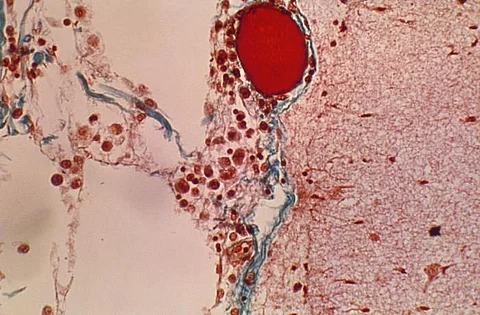Bibliography
(1) Mannucci PM, Franchini M. Old and new anticoagulant drugs. Ann Med. 2011;43:116–23.4
(2) Douglas Wardrop, David Keeling. The story of the discovery of heparin and warfarin. BJHaem. 22 April 2008;141:pg 757-763
(3) Howell, W.H. (1912), The factors concerned in the process of the clotting of blood. Therapeutic Gazette, 36, 95–98
(4) Murray, D.W.G., Jaques, L.B., Perrett, T.S. & Best, C.H. (1937) Heparin and the thrombosis of veins following injury. Surgery, 2, 163–187.
(5) Gregory B. Lim., Warfarin: from rat poison to clinical use. Nature Reviews Cardiology (2017).
(6) Schofield, F.W. (1924) The cause of a new disease in cattle stimulating hemorrhagic septicaemia and blackleg. Journal of the American Veterinary Medicine Association, 64, 553–575.
(7) Roderick, L.M. (1929) The pathology of sweet clover disease in cattle. Journal of the American Veterinary Medicine Association, 74, 314–325.
(8) Campbell, H.A. & Link, K.P. (1941) Studies on the hemorrhagic sweet clover disease. IV. The isolation and crystallization of the hemorrhagic agent. Journal of Biological Chemistry, 138, 21–33.
(9) Campbell, H.A., Roberts, W.L., Smith, W.K. & Link, K.P. (1940) Studies on the hemorrhagic sweet clover disease. I. The preparation of hemorrhagic concentrates. Journal of Biological Chemistry, 136, 47–55.
(10) Duxbury, B.M. & Poller, L. (2001) The oral anticoagulant saga: past, present, and future. Clinical and Applied Thrombosis/Hemostasis, 7, 269–275


